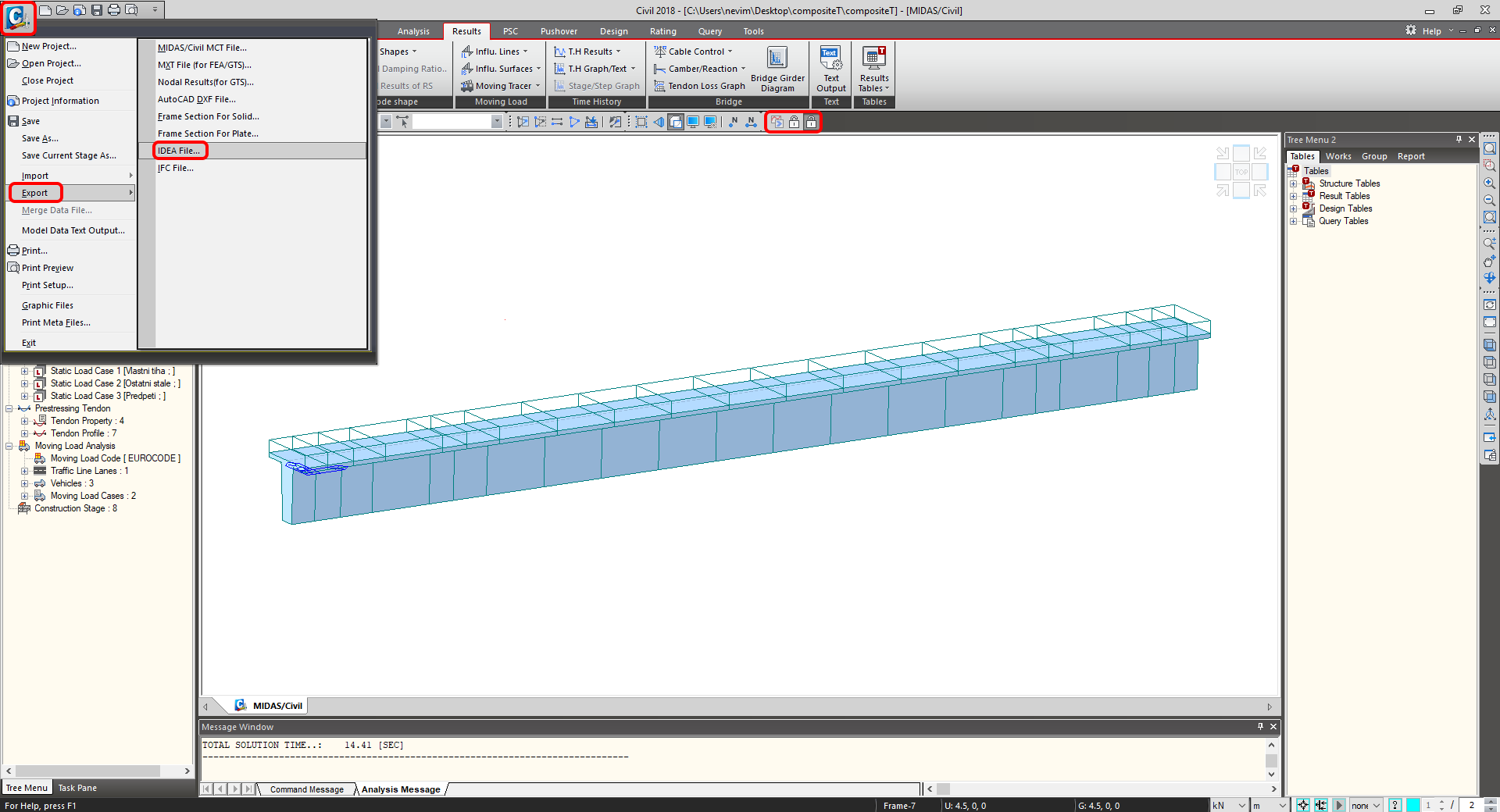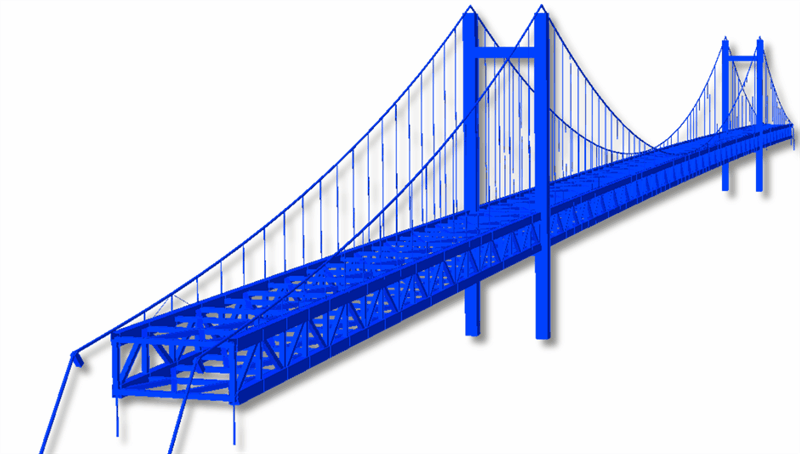



These equations were based on a vector containing the displacements and subjected to the stress distribution in cable, loading parameter. The first order by the Taylor expansion in terms of the incremental cable stress distribution, by means of a linearized equation, is the approach that was followed in their study. A study by Fabrizio Greco, Paolo Lonetti, and Arturo Pascuzzo was concerned with the dynamic behavior of cable-stayed bridges subjected to moving loads and affected by an accidental failure in the cable suspension system. Other studies consider the non-linearity of cables that results from the sagging effect of different approaches. If we ignore the sag effect in the static analysis, an error of up to 15% may occur. In fact, the cables show non-linear behavior as a result of their own weights changing the tension in the cables. Some designers took the view that a cable-stayed bridge is a linear structure with cables serving as linear tension members. Cable-stayed bridges currently extend over distances from 200 to 1000 m, like the Russky Bridge of 1104 m in Russia and the Sutong Bridge of 1088 m in China. It should be noted that cable-stayed bridges can now be analyzed with a high level of precision using high-speed digital computers and advanced analytical methods.

This advance gave the first spark of the beginning of a system that mainly depends on cables. has established the need to raise cable stress in order to minimize the sag effect. However, the high-straining actions due to seismic loads may cause structural damage if the analysis does not correctly investigate such loads.ĭischinger F. Cable-stayed bridges for the span ranges of 700–1500m have been proved to be mechanically, cost-effectively, and aerodynamically superior to suspension bridges. The relationship between those subsystems makes cable-stayed bridges structurally efficient for long spans. There are three major subsystems in the structural system of cable-stayed bridges: girder (deck), tower (pylon), and cables. Cable-stayed bridges are indeterminate structures.


 0 kommentar(er)
0 kommentar(er)
